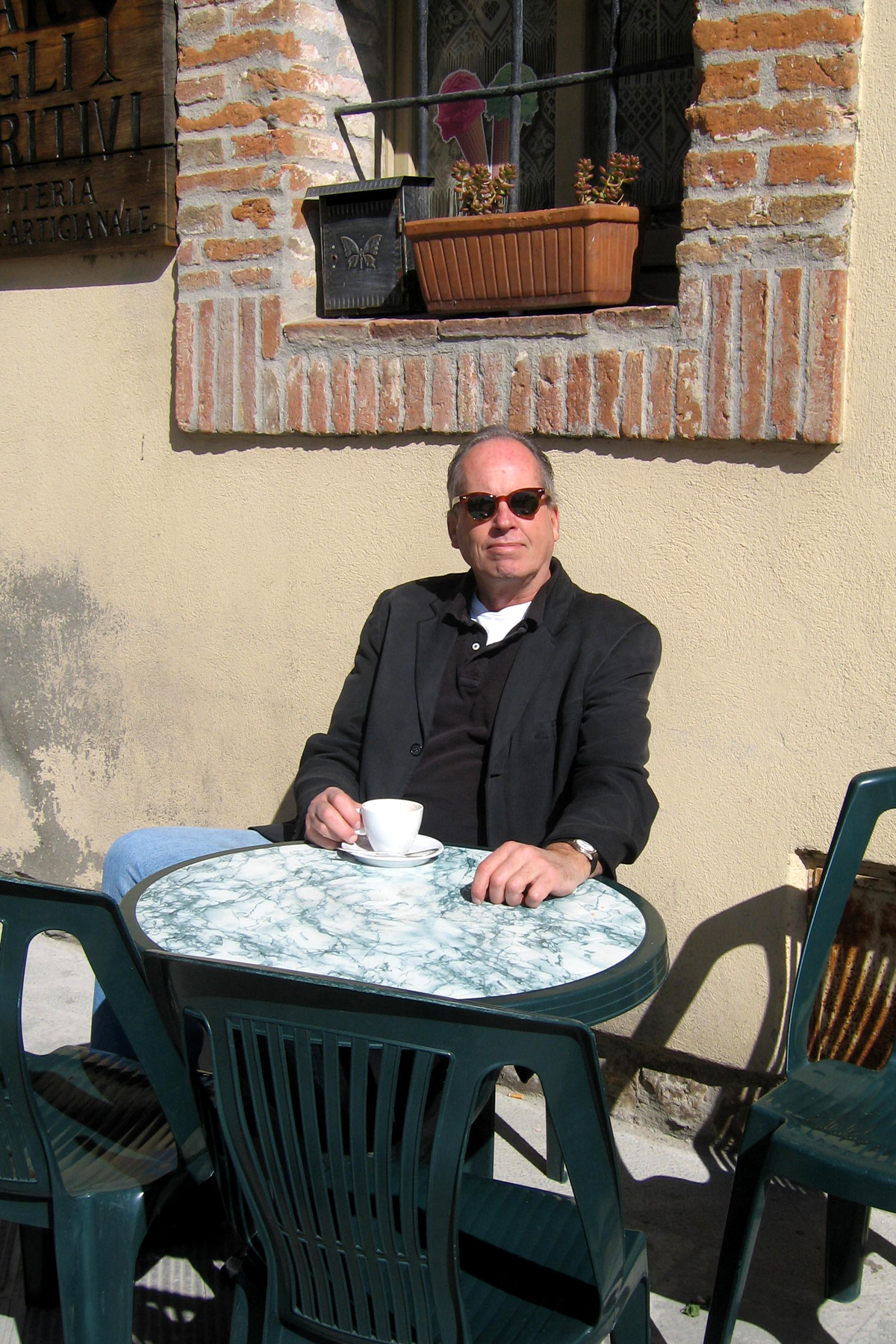Professore Corrado Fratini and I are sitting outside a café in Castiglione de Lago waiting for Maura. As usual, she is late.
Maura has invited the professore to join us in looking at the frescoes in the Palazzo della Corgna because he teaches medieval art and Maura has coyly suggested I might learn something interesting from him.
While we are waiting, two nuns walk by; the professore smiles and nods at them in greeting. “In the Middle Ages,” he says, following the nuns with his eyes as they walk up the cobblestone street, “prostitutes started very young—maybe before 13. So they aged quickly. Most of them died. But if they managed to survive into middle age, they would often become nuns. But a special order of nuns. Kept behind walls.”
No! I say. Is this true?
“Yes, of course. There were two orders of prostitute nuns, one called Incarcerate and the other Murate. The Incarcerate were more or less imprisoned while the Murate were walled off from the rest of the community. Neither could have any contact with the outside world. Which is amusing, don’t you think, considering their past.”
Religion and sex—“They have always been intertwined,” the professore says, explaining how as far back as 400 B.C. Umbrians used to travel to a pagan temple in Spello where they’d employ sacred prostitutes.
“What’s a sacred prostitute?” I ask him.
It means, he says, that if a man had a sexual relationship with a priestess, the money you gave her was given to god. “It was put in a special chest and used for building temples, feeding pilgrims, building roads. It was a stimulus plan,” he says, laughing. “Sleeping with a priestess paved the way to Rome.”
We have finished our coffee. Maura has yet to arrive.
“Later,” the professore says, “during Christianity, prostitutes were officially condemned but well tolerated. In fact, during the Middle Ages, there were prostitutes of the court who were part of high society, women who were paid richly by noble men for their services and were quite well respected.”
The professore stands, stretches, looks up the street to see if there is any sign of Maura. “Inside the palazzo,” he says, nodding towards the castle-like home a block away, “we’ll see a wonderful medieval painting of the Virgin Mary in an oval-shaped frame. This was a direct reference to the shape of the vagina.”
Just then, Maura comes rushing up the street, apologizing for being late. She gives me a kiss on one cheek and then the other. Before she can greet the professore, he finishes his thought: “You see,” he says with great earnestness, “in the Middle Ages, the vagina wasn’t considered lewd. From the vagina, comes life!”
Maura gasps. “I was going to ask what you two have been talking about but I don’t think I want to know,” she says.
“The Professore has been educating me,” I tell her.
She raises an eyebrow. “Well, perhaps we should go into the palazzo before you receive any more education.”
And that’s just what we do.
Comments are now closed.


1 comment